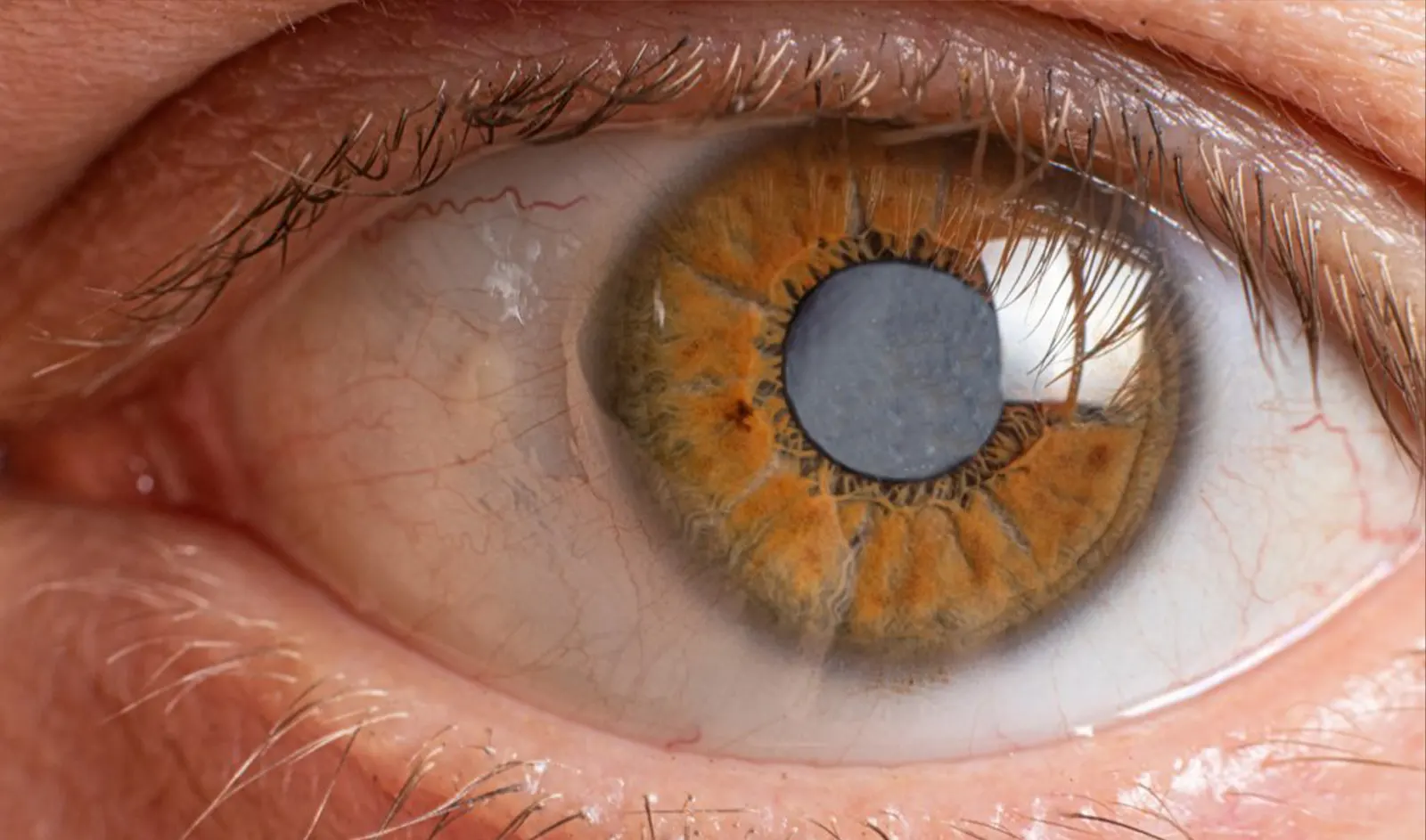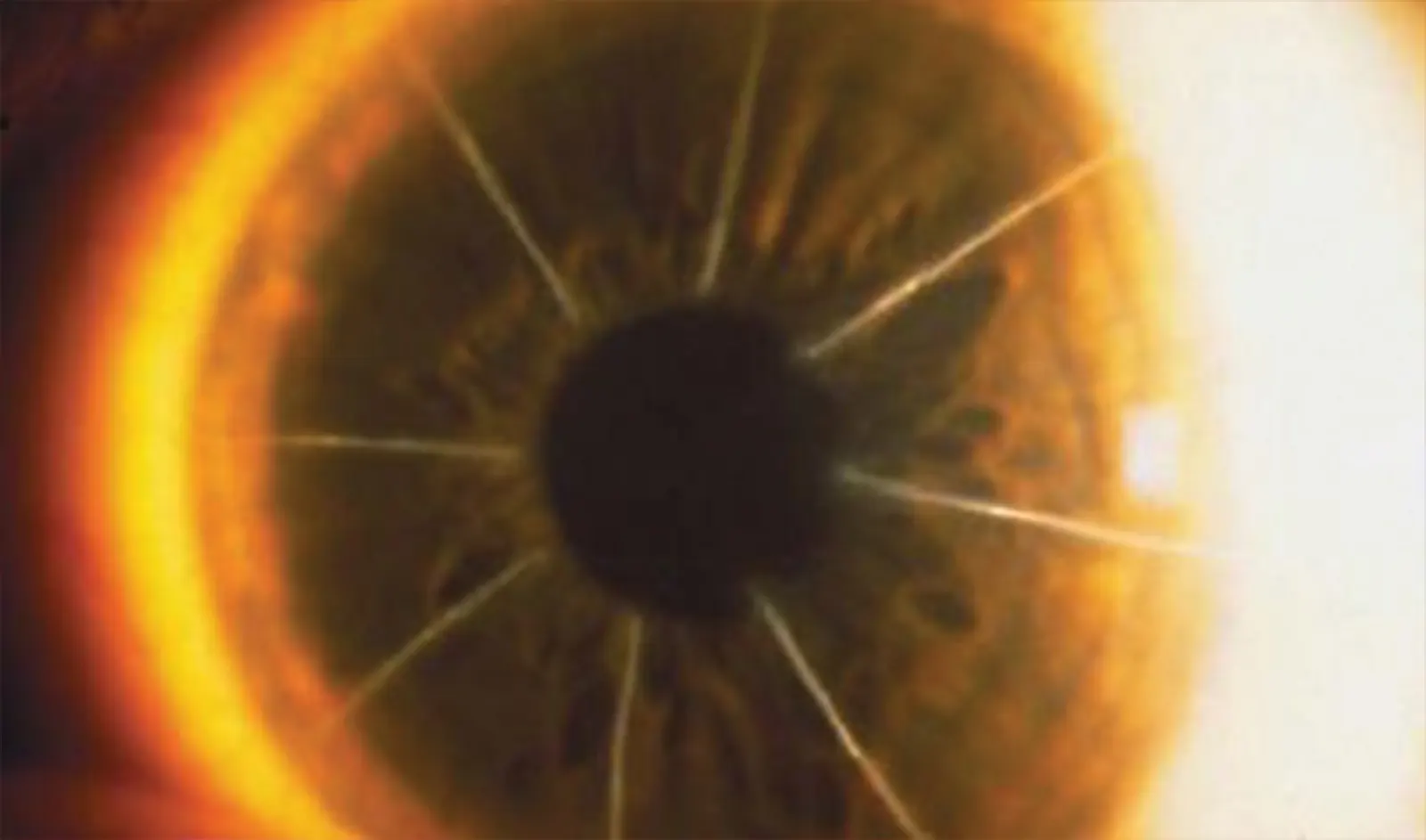Popular in the ’80s and ’90s, and even the 2000s in some countries, Radial Keratotomy (RK) was initially considered a miracle procedure. It gave physicians a new way to reshape the cornea through incisions made by a scalpel. At the time, it provided many patients with significant vision improvement.
This procedure left patients with up to 32 small radial incisions to the cornea in the configuration of a pizza. In response, the cornea collapsed and reshaped itself, providing genuine vision correction. Unfortunately for many patients, this benefit was short-lived. Today, as many as 40% of RK patients have experienced a significant vision problem, and many others have less severe problems. This is due to the fact that the corneal change is often not regular, and can create a severely irregular shape to the cornea.
Most of these poor outcomes are due to the incisions from RK which were made by hand and lined up with a template marker. We think of our bodies as always being able to heal themselves, which isn’t always true when it comes to RK’s deep cuts to the cornea. Those incisions always stay and can continue to cause irregularity to the cornea if not perfectly symmetrical.
Below we discuss many of the difficulties post-RK patients experience today. As you review them, ask yourself, are these problems worth dealing with daily? If not, rest assured, RK correction surgery may be your answer.
Up to 40% of RK patients eventually experience farsightedness or an inability to see near. Unfortunately, RK incisions can cause the cornea to shift over time, making it even more difficult to see items close up. That means you’ll require glasses or contacts in order to read, drive, or perform your job.
As you can imagine, the more incisions made to the cornea, the weaker it gets. Sadly, this weakness may be permanent. Why does this matter? Weakened corneas are more prone to warp and distort vision.
RK patients can also suffer from dry eye. This side effect can cause stinging or burning of the eyes, a build-up of mucus, sensitivity to light, and redness. As a result, patients can have difficulty wearing contact lenses. Therefore, as if the reduced vision weren’t bad enough, some patients have to deal with ongoing discomfort. This can be treated with medications, and before RK repair a surgeon may elect to treat the dry eye first.
We often take for granted how vital a healthy cornea can be. As mentioned, RK incisions can weaken the cornea. This weakness makes it more likely to rupture. And when this happens, the eye becomes vulnerable to severe infections. To protect themselves, RK patients have to be extra careful about rubbing their eyes and wear protection when playing football, basketball, baseball, and even tennis. The risk of rupture is low, but it is real.
Even without rupture, the radial cuts can get infected. If blood vessels grow into the RK incisions, the cornea can be lost altogether. In these cases, patients may require full corneal transplant surgery, which entails its own set of risks and costs.
Another way to think of RK incisions is like cracks in your car’s windshield. If you only have one or two, you can drive unaffected for some time. Get any more, and you can be in trouble.
Similarly, RK patients can struggle to see through their own corneas. Many sufferers report double and triple vision, halos around street lights, and issues with glare. Don’t forget, our ability to drive depends on our ability to see. Sadly, some RK patients risk losing this freedom. This can be corrected with laser corneal reconstruction using topographic guided ablation which eliminates the irregularity caused by the incisions. The incisions never go away, but the problems they cause can be significantly improved.

Losing our eyesight cuts us off from the outside world, which can make it more difficult to find happiness. Our outlook on life can change as we lose connection to family and friends, and forced reliance on others can impact self-esteem.
Fortunately, there are multiple ways to address the complications of RK. These procedures must be chosen with the help of a physician because each patient’s needs and physical condition are unique.
For most patients, LASIK surgery is the answer to RK repair. In this procedure, your doctor cuts and folds the top layer of the cornea (called a flap) away and then uses a laser to reshape the underlying tissue. The flap is then put back into place where, unlike RK’s deeper cuts, it can heal as needed. Unfortunately, this only corrects the refraction, or glasses correction, of the cornea. Laser corneal reconstruction with topographic guided ablation to fix the irregularity and improve the vision.
For more extensive corneal correction, Dr. Motwani performs topographic guided ablation. This procedure involves mapping the cornea’s shape and then using specific, customized laser correction based on each patient’s needs. After reshaping the cornea, Dr. Motwani may also perform corneal cross-linking. This second procedure strengthens the cornea to preserve it’s newly corrected shape.
In the end, many patients find this procedure a life-saver because they can return to 20/20 corrected vision or better without distortions. Some even find themselves no longer needing glasses or contacts.
If you’re experiencing RK surgery complications, there’s no need to suffer in silence. Dr. Motwani specializes in helping patients overcome serious vision challenges. Don’t wait until your sight is gone to search for a solution. Contact his San Diego office today at (858) 554-0008 to schedule your free consultation!

Cataract Surgery is the most performed surgical procedure in the United States, and has a phenomenal track record for improving…
Read More
The treatment of trauma with topographic-guided ablation depends on the level of scarring caused by the trauma, the position of…
Read More
In the dynamic world of eye care, keratoconus treatment has become a focal point due to the condition’s impact on…
Read More